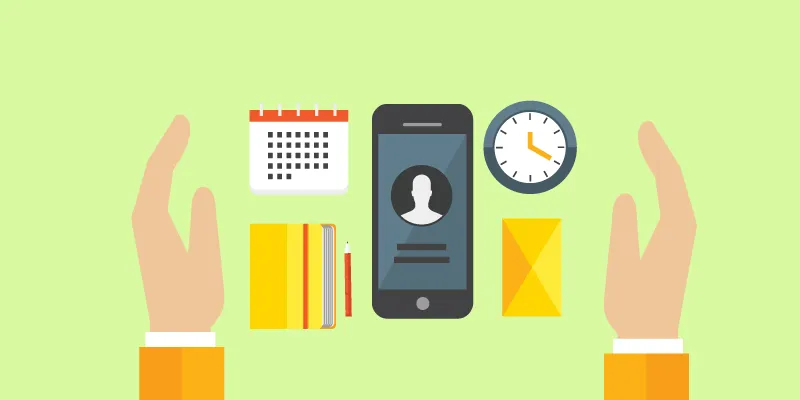Why, when, and how to take breaks during work
We have all felt the pressure of cumulative workload and their looming deadlines. We have all, more than often, worked with the efficiency of the undead. But is there a way to handle stress and welcome it as you would a friend?
Many believe that taking a break, or a handful of them, affects productivity. It is only natural to equate break time to wasted time, especially when deadlines hover close. But take a step back from that thought and analyse it. How stressed are you? Are you getting any work done? Is the stress then worth it, if it doesn’t translate to productivity? What can you do differently? Now that you’ve stopped to ask questions, take the time to understand why you could be wrong in not taking breaks, or how you could be doing it wrong. We have a few simple solutions for you.

Image : shutterstock
Why is taking breaks necessary?
It is a well-established fact that the Human brain, albeit weighing only two percent of the body mass, greedily takes up 20 percent of the total energy the body gets. Now you know why working continuously leaves you drained and exhausted. Working without a break is equivalent to sprinting but for a long distance. You mind needs regular replenishment of energy because it is using it in excess.
You mind is designed to store information in small increments. When you work at a stretch, every piece of ‘important’ information you come across replaces a previous piece of ‘important’ information. But when you give enough time between successive inputs, you don’t overload your mind and hence, retention is much better. Breaks give your mind enough time to digest this flood of information that you would normally find yourself drowning in.
When you distance yourself from a task, you’re “deactivating and reactivating your goals” according to Alejandro Lleras, a psychology professor at the University of Illinois. This helps you regain your focus that is so easily lost otherwise. Also, once you return, you have a fresh perspective of your work, helping you spot mistakes easily.
Breaks break the monotony, keep you from getting bored and therefore, more motivated to work.
How often do you need to take them?
This is a matter of trial and error because efficiency varies with each individual. But to get you started, here are a few tried and tested methods:
The Pomodoro technique, designed in the 80’s by Francesco Cirillo, employs short, frequent breaks. If you’re trying this technique, you will be taking a 3-5 minute break for every 25 minutes of work. This technique will train you to micro-manage your time. Where you set goals for every hour or two before, you will now be setting short goals for every 25 minutes. After four such pomodoros, you will be taking a longer break lasting 15-30 minutes depending on your needs.
If this doesn’t work for you, and if you think you can work for a comparatively longer stretch, try working for 52 minutes and then break for 17minutes. The Draugiem group came up with these numbers when they studied the working habits of highly productive employees.
If your attention span can survive longer periods of work, then Dement’s and Kleitman’s technique is the one for you. This technique mimics our natural sleep cycles wherein we’re alert for no more than 90 minutes. The two sleep researchers found that this cycle works just as effectively with regard to productivity.
In each of these cases, the work period must be intensive in order to highlight your point of exhaustion. This way, you’ll know which technique works best for you.
How to take breaks
Go for a short walk, and try not to think about your work. The point here is to give you mind something different to do. If a walk isn’t possible, just go up and down the stairs of your building. Physical activity is a good break from mental activity.
For your shorter and more frequent breaks, daydreaming is a blissful option. This effectively takes your mind off work. More importantly, we tend to daydream of things that make us happy, so this is a good way to keep your spirits high.
Talk to people around you, share a hearty joke, or laugh at one. Get coffee or snacks with them.
Read something light, or even funny, to put yourself in a good mood. Doodling or writing out your thoughts are also other ways to de-clutter your mind.
The fairest of them all is music. One wouldn’t need science to tell them just how relaxing music can be. It also numbs you to the intimidation of unhealthy stress, thereby improving your productivity.
Don’t be discouraged if some of these methods don’t work for you. At the end of the day, breaks help reduce the stress and get your work done. You can have your cake and eat it too. It might take a few trials to figure out what works for you, but once you do your work will be more satisfying and you will be much happier.







